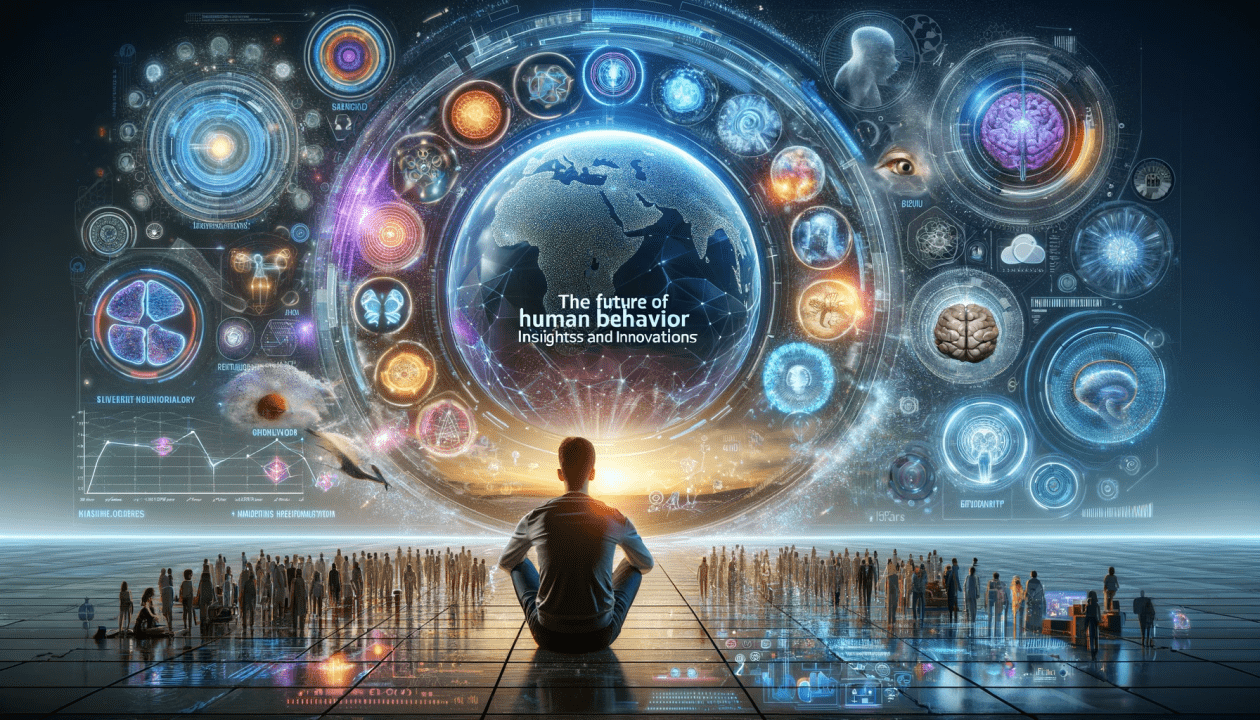Tsegaye Tegenu, PhD
2024-06-28
A vision statement is a forward-looking declaration that defines the long-term aspirations and desired future state of a nation. It articulates the ultimate goals and ideals that the country aims to achieve over an extended period, typically 20-30 years. Vision sets a clear and compelling picture of the future that guides policy-making and development strategies. It inspires citizens, government agencies, and stakeholders to work towards a common goal.
A vision statement for a country should be deeply rooted in the current context, addressing the internal recurrent problems and aligning with the underlying challenges. A wishful statement like making Ethiopia an “African Beacon of Prosperity” does not provide the necessary direction or inspiration to achieve ambitious goals. This vision appears ambitious aspiring regional leadership and cooperation. However, it is disconnected from reality and fails to address the myriads of recurrent problems the country faces (see Part Thirteen).
For a country facing a wide array of recurrent problems, an inward-oriented vision is more practical and impactful. But any kind of inward oriented vision such as “Building a Resilient and Inclusive Ethiopia” or a comprehensive vision such as “sustainable development, economic resilience, social progress, inclusive and prosperous society” can be interpreted differently depending on perspectives and priorities of stakeholders.
For instance, some stakeholders may prioritize environmental sustainability, focusing on reducing carbon emissions, promoting renewable energy sources, and conserving natural resources. Others might emphasize social sustainability, ensuring equitable access to healthcare, education, and basic services, and promoting social justice and inclusivity. For others, sustainable development could mean fostering economic growth that does not compromise future generations’ ability to meet their needs, emphasizing responsible business practices and economic policies.
A comprehensive and multifaceted vision can be interpreted and prioritized differently by various actors, including governments, businesses, civil society organizations, and individuals. It is often ‘in the eye of the beholder.’ To achieve shared goals and align the efforts of diverse stakeholders towards common objectives, the vision should address the underlying causes of the complex challenges facing them.
Based on the studies I conducted, the disciplines I consulted, and the framework I used (see Part Twelve) my vision statement for Ethiopia is “Creating a Post-Scarcity Economy, Thriving Middle Class, and Self-Reliant Society“. Below, I will explain the three components of the statement that shows the process and the journey towards achieving the vision.
The idea of scarcity and challenges of resource allocation
Before proceeding to the explanation, I want to remind readers that the very idea of creating a post scarcity economy comes as a result of my studies on the effects and consequences of rapid population growth in the country. Rapid population growth has intensified the challenges of scarcity and resource allocation in the country particularly since the early 1980s.
Scarcity refers to the fundamental economic problem of having limited resources to meet unlimited wants and needs of a growing population of the country. It exists because resources such as land, capital, and raw materials become finite, while population growth needs and demands become infinite.
Resource allocation is the process of distributing available resources among various uses to achieve the most effective and efficient outcomes. It involves decision-making of households and government on how to assign resources to different activities, projects, or sectors in a way that maximizes value and meets societal or organizational objectives.
Using the framework of the National Transfer Accounts (NTA) system, I tried to analyze the burden of consumption, share of resources, and future saving ability of the different age groups within a population. According to NTA analysis, the current population faces a consumption deficit of $530 million annually. This deficit implies that the total consumption expenditure exceeds the combined economic output (production and savings) of the population. The deficit of $530 million needs to be covered either by private households through increased savings or reduced consumption, or by the government through increased public transfers or adjustments in fiscal policies.
Using the framework of economic carrying capacity, I found out that the resource quantity and productivity level of the economy supports only 65% of the population, which amounts to 81 million people. If we assume that the total population of the country is 125 million, there is an overshoot of 38 million people beyond what the economy can sustainably support. These 38 million people are economically dependent on resources and services that exceed what the economy can provide sustainably. This dependency can strain resource availability, environmental sustainability, and overall economic stability.
Historical examples, such as the agricultural revolution, industrial revolution, information technology and communication demonstrate that chronic scarcity and challenges of resource allocation are solved through technological development and business growth. Technological development refers to the process of research, innovation, and improvement in technology over time, leading to the creation, enhancement, and widespread adoption of tools, machines, systems, and processes that improve human capabilities, productivity, and quality of life. Business growth refers to the overall expansion and development of businesses within the country, contributing to the country’s economic growth. This encompasses the increase in the number, size, and profitability of businesses across various sectors, leading to a rise in national income, employment, and economic prosperity.
Creating Post-Scarcity Economy
Creating a post-scarcity economy involves establishing an economic system where goods, services, and resources are abundant enough to meet the needs and demands of all individuals. This concept aims to significantly reduce or eliminate the traditional economic problem of scarcity, where limited resources must be allocated among competing needs and desires.
Key elements of a post-scarcity economy include technological advancement to reduce the need for human labor in many sectors. Continuous development of new technologies and methods to improve production processes, reduces costs, and create new goods and services. This type of economy includes also developing highly efficient logistics and supply chain systems to ensure that goods and services are distributed effectively and reach all areas of the economy.
Business plays a crucial role in technological development by driving innovation, funding research and development (R&D), and facilitating the commercialization and widespread adoption of new technologies. Businesses invest heavily in R&D to develop new technologies and improve existing ones. Businesses transform innovative ideas and prototypes into marketable products and services. Businesses allocate financial resources to support technological projects and startups. Businesses collaborate with the government, universities, research institutions, and other companies to enhance knowledge sharing, reduce costs, and speed up technological progress through joint efforts. Businesses develop and maintain the infrastructure necessary for technological innovation, such as data centers, manufacturing facilities, and distribution networks.
Technological development and the role of business in fostering it require long-term goals, objectives, strategies in the context of founding stage and fostering stage. It’s not simply a matter of copying existing solutions or approaches from elsewhere. Each stage and problem require unique solutions and adaptations. The founding stage (establishing the foundation) lay the groundwork for a sustainable, innovation-driven economy. This stage creates a supportive environment for technological and business development. The fostering stage scales up and sustain innovation and business growth. It expands successful initiatives, foster continuous innovation and adaptation to new challenges. We will discuss the long-term goals, objectives and strategies pertaining to these different stages in the upcoming presentation (Part Fifteen).
Creating Thriving Middle Class
This part of the vision focuses on creating conditions that support job creation, fair wages, economic security, professional development and opportunities for upward mobility. By doing so, it aims to expand the middle class, ensuring that more people have access to decent living standards, education, healthcare, and the opportunity to improve their economic status.
This segment drives economic growth and social stability. A thriving middle class emerges from stable economic policies that foster job creation, fair wages, and opportunities for entrepreneurship. By reducing unemployment and inflation, economic stability is achieved. Effective governance and strong institutions ensure that policies are implemented transparently and equitably, supporting the middle class’s growth and reducing corruption.
Access to quality education, healthcare, and social services is crucial for reducing income disparities and fostering a robust middle class. Social programs and policies that promote equal opportunities are essential. Adequate housing, transportation, and public services in urban areas ensure that the middle class can thrive without facing the adverse effects of overcrowded and under-resourced cities.
Creating a thriving middle class is deeply intertwined with the objectives and strategies belong to stages and steps of laying the foundation and fostering abundance. Each step contributes to the socio-economic environment in which a middle class can emerge, grow, and prosper. For instance, economic diversification creates a variety of job opportunities across different sectors, enabling more people to move up the economic ladder. Economic structural change, shifting from low-productivity sectors to high-productivity sectors, leads to better-paying jobs and more opportunities for career advancement. The goal of human capital development and strategy of investing in education and skills training ensures that the workforce is capable of taking on higher-paying jobs. The strategy of encouraging entrepreneurship leads to the creation of new businesses, which in turn creates jobs and stimulates economic activity. Small and medium-sized enterprises (SMEs) often drive employment and innovation, providing pathways for individuals to join or move up to the middle class.
In the first foundation stage, diversifying the economy, changing its structure, developing human capital, and fostering entrepreneurship, lays the groundwork for a variety of high-quality job opportunities and stable economic growth. These conditions are crucial for individuals to move into the middle class. In the second abundance stage, enhancing economic linkages, specialization, division of labor, economies of scale, and business growth ensures that the economy remains robust and capable of providing ongoing opportunities for middle-class expansion. Stay tuned for further discussion on the contribution of the various objectives and strategies of the different stages to the emergence, growth and prosperity of the middle class.
Creating Self-Reliant Society
A self-reliant society is a capable of sustaining itself through its own resources, skills, and capabilities, minimizing dependence on external aid and imports. Building a self-reliant society involves developing local industries, enhancing education and skill development, and promoting innovation and self-sufficiency. This part of the vision emphasizes resilience and sustainability, aiming to empower communities and individuals to meet their own needs and contribute to the national economy. It reduces vulnerability to external shocks and fosters a sense of independence and confidence within the society.
Strengthening institutions and governance frameworks builds a foundation for self-reliance. This includes enhancing accountability, reducing corruption, and ensuring effective policy implementation. By addressing social inequalities and providing equal opportunities for all, a self-reliant society fosters social cohesion and stability. This reduces the risk of conflict and marginalization.
Building local industries, investing in domestic capabilities, and promoting innovation reduce dependency on foreign aid, imports, and external debt. This enhances the society’s resilience to external economic shocks. Efficient management of urban growth through sustainable development practices ensures that cities can provide for their residents without requiring external intervention. This includes investing in local infrastructure and services.
The steps used to create post-scarcity economy (establishing necessary conditions and fostering abundance) are closely related to the creation of a self-reliant society. For instance, economic diversification reduces dependence on a single sector or source of income, making the economy more resilient to external shocks. Shifting towards high-productivity sectors reduces dependency on low-value-added industries, fostering economic independence. Investing in education and skills ensures a capable workforce that can innovate and sustain economic activities locally. Encouraging entrepreneurship stimulates local business growth, generating employment and reducing dependency on foreign goods and services.
By diversifying and restructuring the economy, developing human capital, and fostering entrepreneurship, countries can lay the groundwork for self-reliance. These conditions strengthen domestic capabilities and reduce reliance on external resources. Building strong economic linkages, specializing in key sectors, optimizing labor division, achieving economies of scale, and promoting business growth are essential for sustaining self-reliance. They enable countries to meet domestic needs, support local industries, and minimize external dependencies.
To sum up, the three suggested components form a comprehensive vision for the country’s future where abundance, economic stability, and self-sufficiency are the norms, leading to a prosperous and equitable society. Together, these elements create a holistic vision of sustainable, equitable, and resilient development, fostering a society where resources are abundant, the middle class is strong, and self-reliance is the norm. My concluding remark, the vision statement “Creating a Post-Scarcity Economy, Thriving Middle Class, and Self-Reliant Society” is “The Alpha and Omega” for Ethiopia’s existence.

















Let’s hope and pray that the politicians will finally converge on the same wavelength and toil together to take the whole region out of unending conflict, deaths and destruction. Those who believe they can profit from deadly conflicts, it will be a matter of time before their evil scheme catches up with them. What saddens me to my bones and at the same time angers me is to see some among our own Diaspora using the suffering of those upright and noble people to line their pockets. YouTube is full of them now. Every social media is loaded with their disgusting flame fanning. Just look at the profanities and pejoratives they are spewing around on this very platform. They denigrate every ethnic group out there. They use denigrating terms being used by Neo-Nazis and other racist extremists. Do they do that just to prove to us that they are more civilized than the rest of us? I really don’t have a sensible answer for that. You should be proud of your leaders and the citizens of your country.
ኢትዮጵያ በዚህ ውጥንቅጥ ዉስጥ ሆና ጸጋየ ተገኑ እንደ አዘቦት ቀን የኢኮኖሚ ትንታኔ በየለቱ ሲያቀርብ ይገርመኛል። ማርስ ላይ ይሆን የሚኖረው?